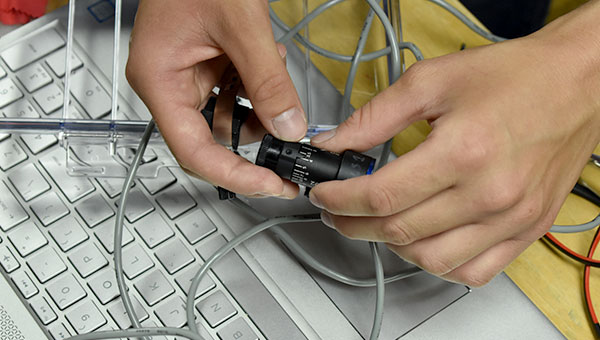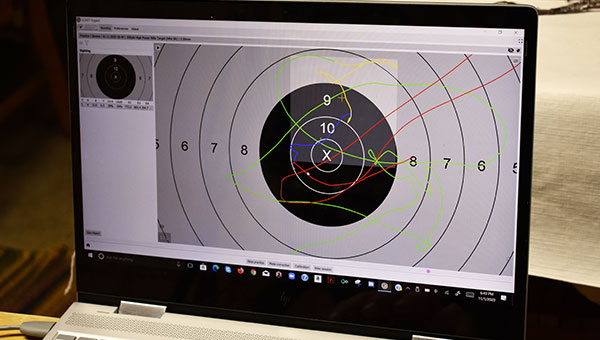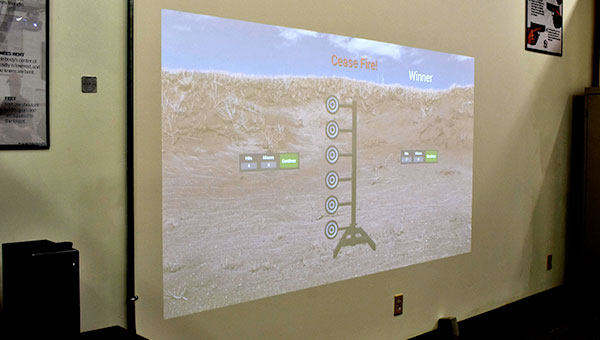At Home Dry-Fire Shooting Techniques
By: Serena Juchnowski
Range time and ammunition can be hard to come by at certain times of the year, in different areas, or during a crisis like the COVID-19 pandemic. Even if you have easy access to the appropriate ranges and equipment, weather, time and money may make other methods more desirable. Here are several ways to keep your shooting skills sharp and to improve and practice from the comfort of your home — no live ammunition required.
Dry firing is as important, if not more important, than live fire. Practicing without live ammunition provides invaluable experience and information that allows you to make your live-fire practice time more worthwhile. Most competitive shooters acknowledge that dry-firing is the best way to improve your skills.
For every shooting discipline, dry-fire is going to be a little different. Regardless, remember that firearm safety rules still apply. Always treat every gun as if it is loaded. Always keep the firearm pointed in a safe direction. Always keep your finger off the trigger until ready to fire. Sometimes people tend to become complacent when they know the firearm is unloaded, but it is always good to maintain safe practices.
Not all firearms are meant to be dry fired, so be sure that this method will not harm your firearm before beginning. It is wise to use dummy rounds or snap-caps to protect your firearm’s firing pin. There are also various dry-fire devices available. A dry-firing practice session is essentially going through the movements to fire a shot exactly as you would in competition, but without live ammunition, noise and recoil. Though you do not need ear and eye protection for dry-fire practice, it is best to wear everything that you normally would on the range. Dry-firing exactly how you would live fire gives you the best practice and ability to work on establishing consistent and proper form and position. Set up a target in your house scaled from the distance you would shoot it on the range to the area you have in your house. There are many websites that have instructions on how to do this as well as printable targets. (You can also use a dot on a piece of paper if you need to.) Different shooting disciplines have different targets. For shotgun shooters, mounting the gun is still an opportunity to practice the process, though one may have to imagine where the clays may appear.
Before beginning a dry-fire session, set goals. Choose one thing at a time to work on. Dry-firing is a great way to see if you are anticipating recoil, jerking the trigger or if something does not feel right in the way you are holding the firearm. It is also a wonderful way to practice natural point of aim.
I will admit that I don’t dry fire as much as I should. At some point along the way it stopped becoming valuable to me as the issues causing me to shoot an 8 or a 9 were too minute for me to diagnose myself. I had heard about SCATT from other shooters, but never had the opportunity to try it myself until this year. SCATT is an electronic shooting training system that uses a camera to record all movement on the target before, during and directly after a shot. The system allows you to reduce the space required to practice down to five meters. To be honest, I was skeptical. While it took a little bit of experimentation to get started (you need a significant amount of light), the end result was worth it. I can now practice or shoot an entire match whenever I want, in my house. No longer do I feel like I have reached my potential with dry-firing as the data SCATT records allows me to understand why a shot landed where it did. It is also a way for me to train over the winter when it is too cold for me to shoot outside.
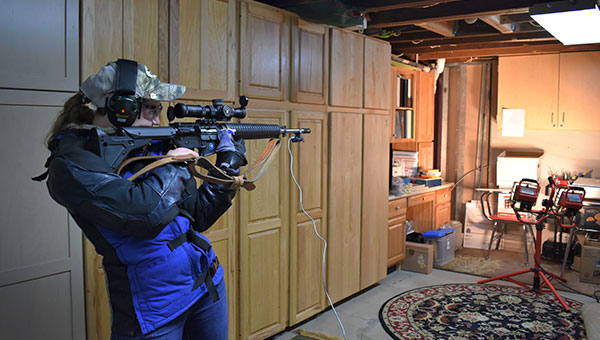
Be sure that your firearm is unloaded before beginning practice. Simple exercises like picking up your firearm can help increase muscle strength.
The pandemic has given me a different view of electronic training. I had always considered systems like SCATT too expensive. I had taken range access and accessibility to ammunition and components for granted. With many matches shut down, and ammunition and components hard to find, the ability to shoot an entire match on SCATT is invaluable. (Depending on how much ammo you use for practice, it actually saves you money.)
Though I have not tried every system out there, I believe that SCATT is the best system for serious precision shooters. Other options exist that perform better for action and shotgun shooters or for those focused on engaging more than one target. Laser Ammo’s laser cartridges and Smokeless Range have proved quite popular among action shooters or those looking to train for defensive situations. The software requires some type of projection screen, but no specific distance. You may use your own firearms with a laser for training or a SIRT version.
The difference is, once again, what you are practicing for. A system like SCATT serves as a coach wanting you to hit the same spot every time. A simulator like Laser Ammo’s Smokeless Range is great for people wanting to engage multiple targets and add unpredictability into their training.
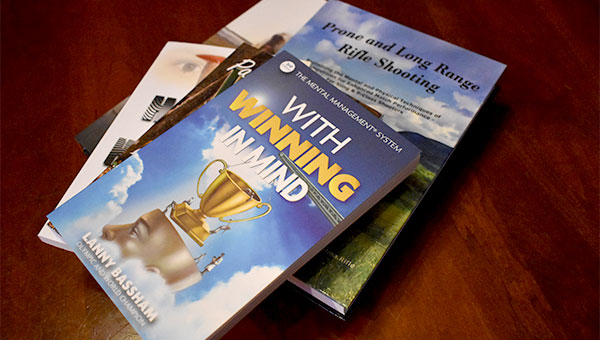
Books written by or about accomplished shooters are wonderful resources. Do not discount books about the outdoors and personal journeys which may serve as inspiration.
While dry-firing is incredibly effective, there are other ways to make the most of your training time indoors. Practice maneuvers using dummy rounds — loading and unloading magazines, etc. Do your research. Though it sounds rudimentary, reading articles and books and watching videos can increase your knowledge and give you insights you may not discover on your own. Not all information is good information. Look for books, articles, and interviews with accomplished shooters. Exercise and weight training are other activities to consider. Though they may not directly involve firearms, your physical fitness greatly affects your ability to perform on the range. Do not let this scare you. It can be simple and fun. If you discover that your arms are too weak to hold up your rifle, for example, practice holding it. With the muzzle pointed in a safe direction and the firearm unloaded, pick up the rifle and set it down while you watch TV.
Like anything in shooting, what works for you may change over time and will change along with your goals. Technological systems like SCATT or Laser Ammo provide extra value to in-home dry-fire training by offering new insights. In the end, it is all about information and repetition. Once you learn what it takes to hit the target consistently, you can begin to focus on factors outside your position, like reading wind.
You may also be interested in:
https://www.letsgoshooting.org/articles/seven-tips-to-perfecting-the-rifle-standing-position/
